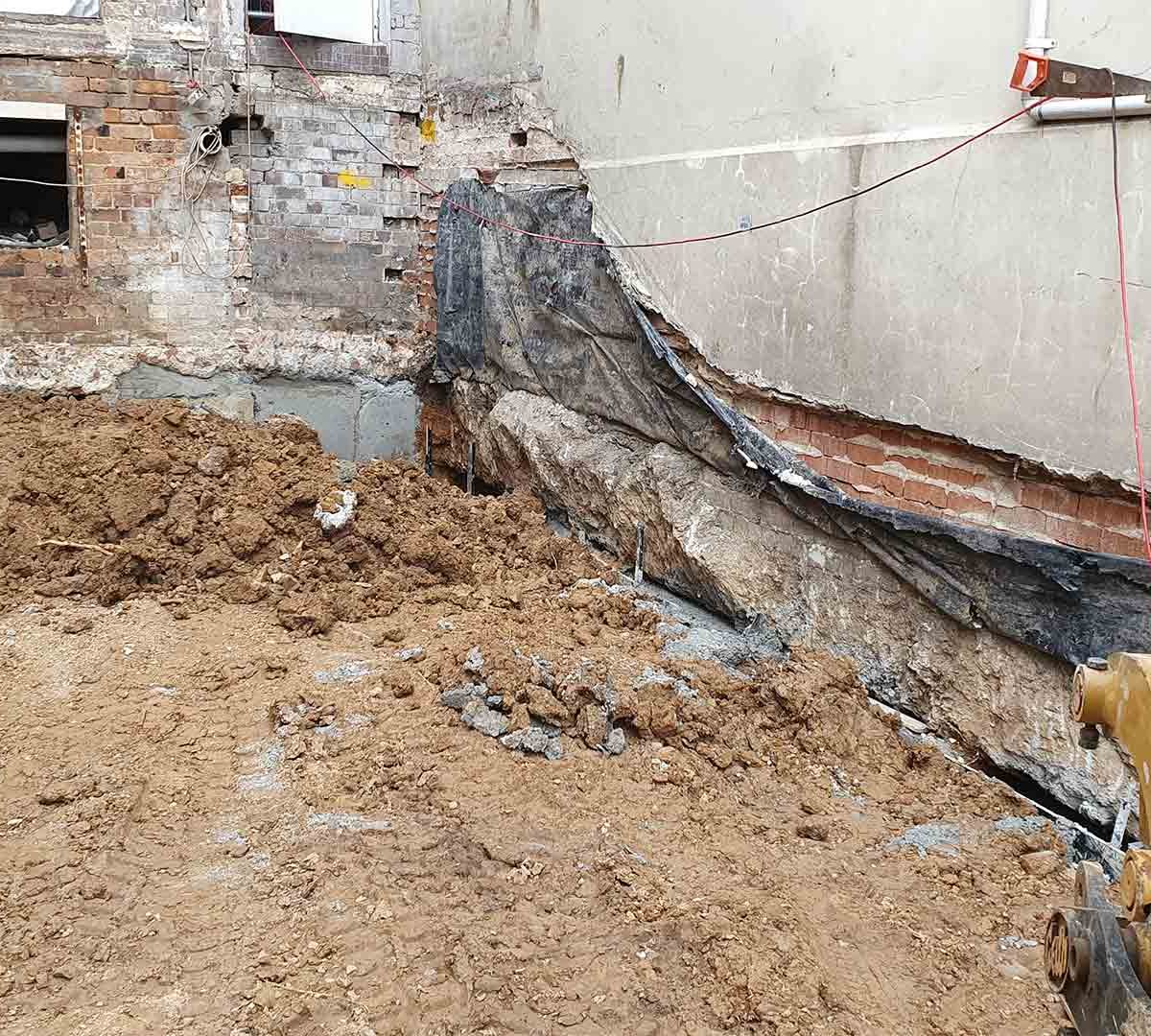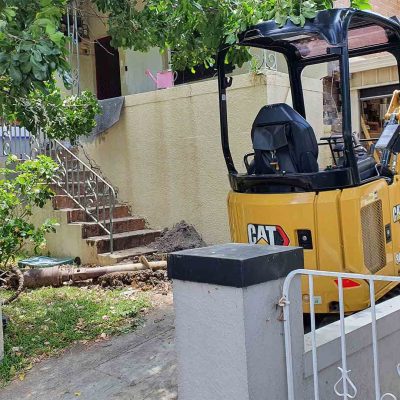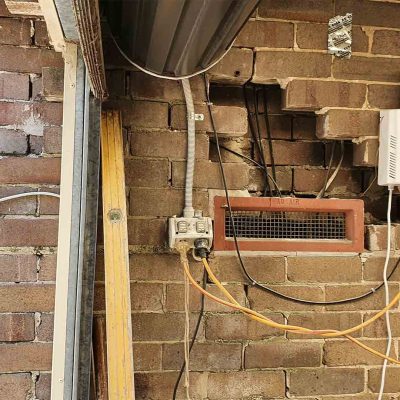Did you just finish building a retaining wall or planning to do so? Wondering what should go on top of it? Adding a fence to your retaining wall is a good idea for safety and privacy in your landscape. Not every wall needs a fence, but some can benefit from one. We looked into all the necessary information to help you decide if adding a fence to your retaining wall makes sense and how to do it. Let’s explore the considerations and potential advantages of putting a fence on top of your retaining wall.
Should You Add a Boundary Fence on Top of a Retaining Wall?
Here are some key reasons why you might want to construct a fence on top of a retaining wall:
Security and Privacy: If you’re in an urban area, you might want a fence on the retaining wall to give your family more privacy outdoors. Safety and privacy are important for homeowners. A good fence on top of a retaining wall adds extra protection, stopping unwanted visitors and keeping things private. The fence being higher up makes it harder for people to get into your property without permission.
Safety: If a retaining wall is really tall, it’s important to put up a fence to prevent anyone from accidentally falling off the wall. Installing a fence on the top of the wall not only prevents people from falling but also stops animals and people from climbing up the wall and entering your property.
Aesthetics: Retaining walls in Sydney that have fences on top can look really nice. There are many different choices, and some people find it visually pleasing. When thinking about putting a fence on top of a retaining wall, one of the main things to consider is how it will look. When it’s done carefully, this combination can make the property look well put together and seamless. Making the fence part of the retaining wall can make everything look consistent and improve the overall appearance, making it seem like it was intentionally designed that way and not just added later.
Maximising Space: If your property doesn’t have much space, putting a fence together with a retaining wall can save room. Using the height of the retaining wall for the fence helps homeowners make the most of their outdoor space. This is especially helpful in urban areas where space is limited, and every bit of space is important.
Adding a Fence to a Retaining Wall
You can put fences in different places — either in front, behind, or on top of a retaining wall. Usually, retaining walls don’t give much security on their own. By adding a fence, you get both the nice look of the wall and the safety that the fence provides. Before adding a fence, you should check if your retaining wall is strong enough to support it. If it is, then you need to decide where you want the fence and what kind you want. Once you’ve figured out the support and placement, the rest of the project should go smoothly.
Different Approaches for Installing a Fence on Top of Your Retaining Wall
There are three methods to put a fence on top of a retaining wall. Depending on your expertise, you can do it yourself or seek assistance from reputed retaining wall contractors for a secure and accurate installation. The three ways to install a fence on your retaining wall are:
Top of The Retaining Wall: Putting a fence directly on top of a retaining wall is the trickiest and might need professional assistance. If the wall is still in the process of being built, you can think about adding the fence as you go along. However, if the wall is already done, you have to make sure it can handle having a fence put on it.
Three Feet Behind the Wall: If you can leave three feet of space behind the retaining wall for the fence, it’s the best way to install it. Having the fence set back three feet helps reduce pressure on the wall and makes the fence stronger.
Directly Behind the Wall: Another usual way is putting the fence right behind the wall. However, make sure your retaining wall is strong enough for the fence work without falling. There will be digging, drilling, and hammering next to the wall, so you need to ensure these actions don’t harm the wall.
What Are the Mounting Options for Your Retaining Wall Fence?
Fences are frequently seen on top of retaining walls. There are various methods to mount a fence on top of your wall, such as surface mounting, employing side mounting plates, embedding a fence, and utilising a post-in system. Your choice of method might depend on the strength of your retaining wall, the material it’s made of, and the height of your fence. Let’s explore a few options for mounting a fence on top of a retaining wall:
Surface Mount: When putting up a fence on an already built concrete wall, you can go for metal base plates. These plates can be bolted directly into the concrete, making a strong connection. In this approach, you attach the fence directly to the concrete using plates and anchor bolts. Remember to mark the spots for holes and drill out the concrete before starting to set up your fence.
Side Mounting Plates: Similar to a surface mount, you can drill these metal base plates into your wall and secure them with bolts to create a strong and stable base for the fence. These plates are attached on the side of the wall instead of on the top.
Embedded Fence Posts: This choice is for those who are constructing a retaining wall with the intention of putting a fence on top. If you’re constructing your retaining wall and fence together, you can go for an embedding method. This means using the poured concrete to set up your fence posts and keep them steady. It’s one of the most robust ways to attach your posts.



